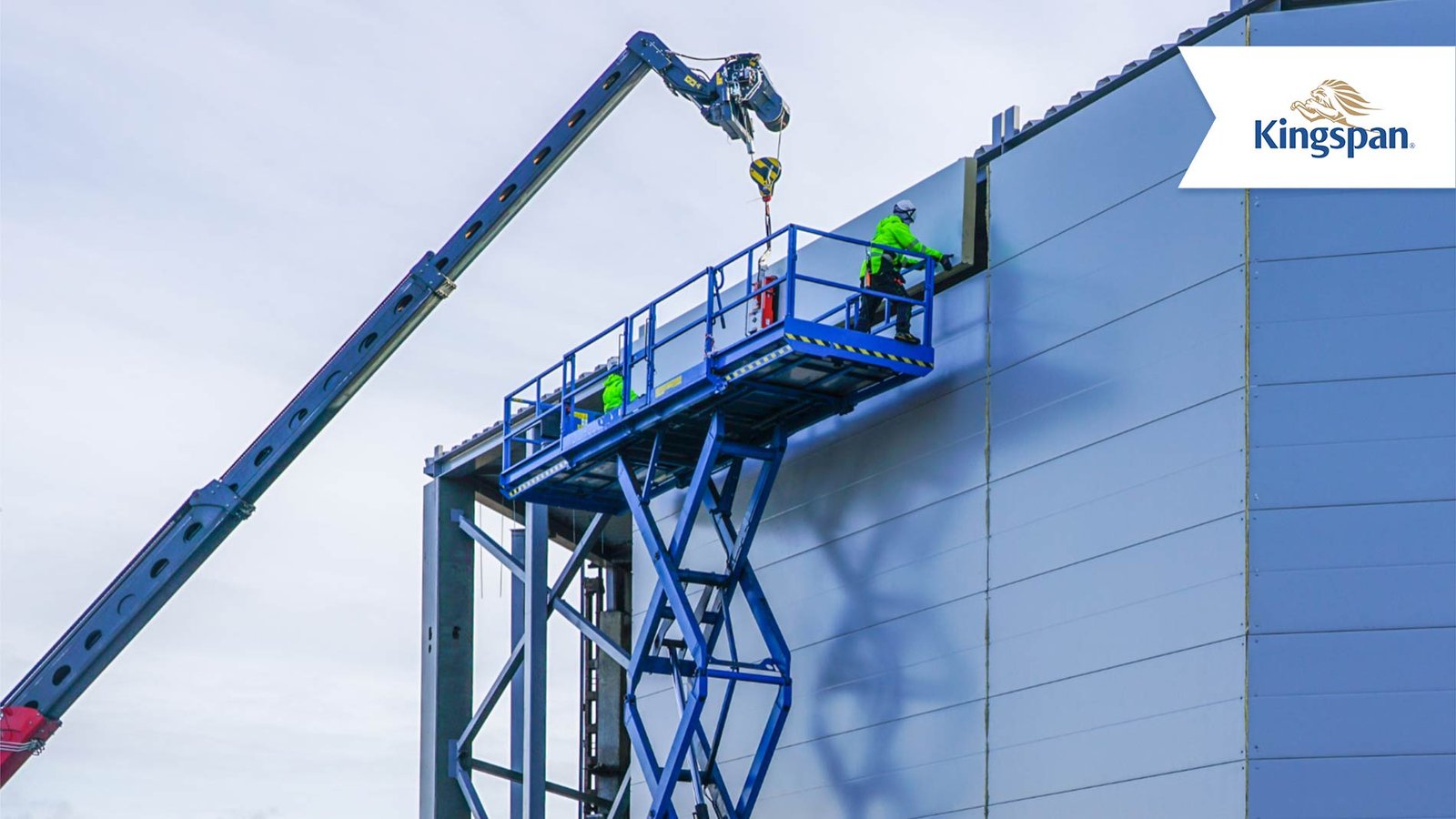Sandwich panels are an excellent material for both residential and commercial buildings. Check out the great features they have.
Sandwich panels are building materials used to provide insulation, strength and a weather-resistant finish. A sandwich panel consists of two layers of metal, wood or other materials with a filler material between them. This creates a strong layer that can be used for walls, floors, roofs and even as a non-load-bearing partition wall. In this article, we will discuss what sandwich panels are used for and why they are worth using on construction sites.
Sandwich panels can be used in a variety of applications, such as industrial buildings, warehouses, cold storage, retail outlets, workshops and many others. In addition to being lightweight, yet strong enough to bear the load of the entire building structure, they also offer excellent insulation properties. This makes them particularly useful in areas where climate control is needed, such as food storage facilities or commercial kitchens. Their resistance to moisture and corrosion also makes them ideal for exterior cladding systems.
The benefits of using sandwich panels
One of the main benefits of using sandwich panels is that they are easy to install due to their light weight and simple construction process. As a result, projects can be carried out faster and with less effort than what traditional methods require. In addition, the combination of materials used in sandwich panels helps ensure greater structural stability, leading to greater durability over time. The thermal insulation properties also help minimize heat loss from the building’s interior, while providing sound insulation benefits. In addition, the use of sandwich panels can help reduce costs associated with electricity bills due to their energy efficiency properties.
Sandwich panels and their properties
Sandwich panels are made from a variety of materials, such as a polyurethane foam core sandwiched between steel sheets or a polystyrene core sandwiched between aluminum sheets; however, a foam core that provides better thermal performance compared to other options on the market today is also available. All of these different types provide unique characteristics depending on the intended application, but all offer similar benefits, including strength, rigidity and durability when properly installed by qualified contractors or professionals. In addition, many sandwich panel manufacturers offer custom designs that can be tailored specifically to your needs, while staying within budget constraints if desired.
Choose modern construction
Sandwich panels are becoming an increasingly popular choice in many different types of construction projects due to their ability to provide strength without added weight or extra cost, as well as their excellent insulation properties that result in energy savings over time. With the various materials available in the market today, it’s easy for any contractor or professional builder to find an option that meets their requirements while still achieving the desired results within budget constraints, if required. Whether you’re looking for something simple like walls or floors, or more complex structures like roofs or exterior cladding systems, sandwich panels offer an effective solution that covers all the bases!





